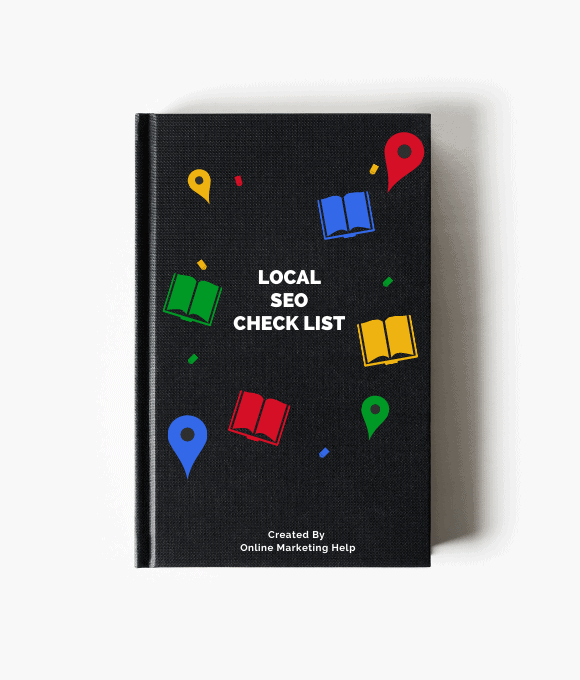
How Digital Marketing Is Transforming the Way We Shop for Ceiling Lamps
Online Markrting Help.co.uk

Remember the days when shopping for a new ceiling lamp meant visiting several high-street shops, flipping through printed catalogues, or relying on limited in-store stock? Today, that experience has changed dramatically.
Argentine consumers are now embracing online shopping like never before, especially for interior décor items like ceiling lamps (lámparas de techo). Thanks to mobile phones, fast internet, and user-friendly websites like UBID, finding stylish lighting solutions has become easier, faster, and more enjoyable.
So, what’s powering this shift? It’s digital marketing—a game-changer that helps home décor brands shine online and reach thousands of potential customers across the country.
Let’s keep things simple. Digital marketing is any kind of promotion that happens online. It includes things like:
For home décor brands, digital marketing acts as a digital shop window. It brings your ceiling lamps in front of people who are actively looking for them, whether they’re renovating a flat, moving into a new home, or simply upgrading their space.
Imagine you sell elegant pendant lights. If someone types “modern ceiling lamp for living room” into Google, wouldn’t you want your product to show up first? That’s what digital marketing makes possible.
Have you ever seen a home décor video on Instagram or TikTok that made you want to redecorate immediately? That’s the power of influencer marketing in action.
Influencers, especially those in the interior design niche, are playing a huge role in promoting products like ceiling lamps. These creators share photos, reels, and styling tips that inspire their followers and show how products can be used in real spaces.
Let’s take an example:
An Argentinian design influencer posts a reel of their newly renovated kitchen, featuring a beautiful minimalist ceiling lamp from UBID. Within seconds, viewers start commenting, asking where it’s from. The influencer tags UBID, and just like that, potential customers are redirected to the product page.
This feels natural. It doesn’t feel like a hard sell. That’s why it works so well—people trust people more than adverts.
Here’s how lighting brands are working with influencers:
Not only do these tactics generate sales, but they also help build long-term brand awareness.
SEO, or search engine optimisation, is all about making sure your website shows up in Google when people look for your products.
If someone searches “lámparas colgantes modernas Buenos Aires”, and your store appears at the top, you’re much more likely to make a sale.
Here’s how SEO helps businesses like UBID:
Include popular search terms in your product titles, descriptions, and meta tags. For instance, instead of just “Ceiling Lamp”, go for “Minimalist Ceiling Lamp for Dining Room – Black Metal Finish”.
Create blog posts that guide users on how to choose the right lighting for each room. This not only adds value but also increases your visibility on Google.
People won’t wait for a slow site to load. Use tools like Google PageSpeed Insights to make your site quicker, especially on smartphones.
Connect related products and articles on your site. For example, a blog on “Best Lighting for Small Bedrooms” should link to ceiling lamps suitable for compact spaces.
Every image should have a short description in the HTML (alt text) so search engines can “read” it. E.g. “Black industrial-style pendant lamp”.
By applying these techniques, even small lighting retailers can compete with larger chain stores.
UBID is a great example of how a business can use digital marketing to create an excellent customer experience and boost online visibility.
Visit their ceiling lamp collection and you’ll notice several clever features:
All of these elements build trust and drive conversions. But behind the scenes? It’s a well-executed digital marketing strategy doing the hard work.
Let’s talk about social media for a moment. It’s not just a place for selfies and memes anymore—it’s where people discover products they didn’t even know they needed.
On platforms like Instagram, Facebook, and Pinterest, home décor is booming. Lighting brands can post:
These posts don’t just build engagement—they drive direct traffic to your website.
Another powerful (and often overlooked) tool is email marketing.
Let’s say someone adds a ceiling lamp to their cart but doesn’t check out. You can send a gentle reminder:
“Still thinking about this ceiling lamp? Here’s 10% off to help you decide.”
Or let’s say a customer bought a lamp two months ago. You could follow up with an email like:
“Lighting tip: Here’s how to clean and care for your new ceiling lamp.”
These messages keep your brand top of mind and build customer loyalty.
Popular tools for email marketing include Mailchimp, Klaviyo, and Brevo (formerly Sendinblue).
Want quicker results? Try paid ads.
Google Shopping Ads let you display product listings directly on the search results page. So if someone searches “lampara industrial negra”, your exact product, with image, price, and store name, can appear at the top.
Facebook and Instagram Ads also allow you to target users by interests (e.g. “home décor lovers”), location, and behaviour (e.g. recently moved).
For best results:
These paid campaigns work especially well during key sales seasons like Black Friday, Christmas, or the start of summer (when many people refresh their homes).
Let’s face it: digital shopping isn’t just a trend—it’s the new normal. And for ceiling lamp sellers, this means a golden opportunity.
Whether you’re an established retailer or just starting, investing in digital marketing can:

Online Markrting Help.co.uk

Online Markrting Help.co.uk
You have unsubscribed. Thanks!


